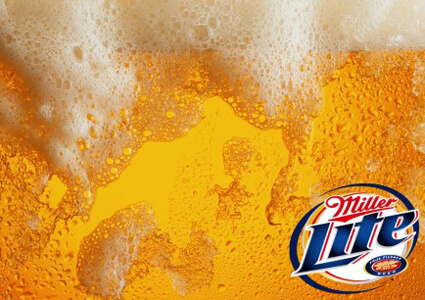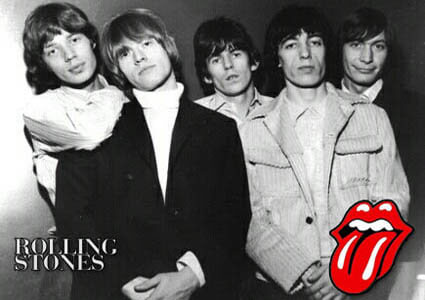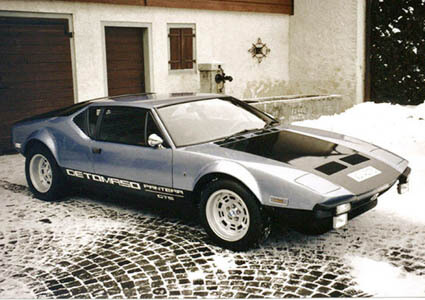1974 Ford Mustang II – Jack Marvin's Ride of the Past
When I was around five years old, my Grandparents got a divorce. I had no idea what that meant, and I'd only seen them together a couple of times previously, so it didn't matter much to me.
Grandma, who was probably in her mid-forties then, shows up one summer to pick up my older brother and I, taking us to California to spend the summer with her. She had a shiny new car so we didn't have to worry about breaking down or getting too hot out in the desert. For the next several years, the three of us did a lot of things together and traveled in that car. What I learned is that "We like Mustangs," even if they're not the "real thing." Even Farrah Faucett drove a Cobra Mustang II on Charlie's Angels, and she was the sexiest person alive at that time.
The 1974 Mustang II wasn't quite like the classic Mustangs that had originally made the brand a performance legend, but the Mustang II (introduced in 1974) represented Ford's attempt to modernize their lineup to meet the shifting market demands of the time. With the gas crisis making large muscle cars less desirable, Ford decided to create a smaller, more fuel-efficient version of their iconic sports car. The result was a compact, economy-focused Mustang II. While it may not have had the same muscle car mystique as the classic ‘60s Mustangs, it still carried the Mustang name and some of the same charm that made the name legendary.
1974 Mustang II: The Car That Stood Out
In 1974, Ford needed to downsize in response to the oil crisis. The 1974 Ford Mustang II was the answer to the problem of larger, fuel-hungry muscle cars. By comparison, the Mustang II was much smaller, with a shorter wheelbase, making it easier to maneuver, especially in crowded urban areas. With its compact size and more efficient fuel economy, the Mustang II helped revive interest in the Mustang name, though it wasn't without its criticisms for straying from the original's performance roots.
The 1974 Mustang II came with several options for engine configurations, but the most common models included a 2.3L four-cylinder engine and a 2.8L V6. The V6 version offered a modest 105 horsepower, but when compared to earlier models, it seemed underpowered. Still, it was a step forward for a generation more concerned with gas mileage than raw horsepower.
While some enthusiasts of the Mustang brand criticized the Mustang II for its lack of performance, its design and style were well received by many. The car had a sleek, modern design that was more in line with the growing market for compact and efficient cars.
Grandma's 'Stang – A Legacy of Fun and Family Memories
For me, the 1974 Mustang II wasn’t just a car. It became a symbol of good times, travel, and cherished family memories. That car had an almost magical quality, with Grandma behind the wheel, taking us across the country, making all of those summer adventures memorable. Every time we hopped in for a long drive, it felt like an adventure—one that started with the simple act of getting in the car.
Although the Mustang II didn’t live up to the performance standards of the earlier models, it still had a certain charm that made it stand out among other vehicles at the time. The Mustang II served as a point of nostalgia, and no matter how much time passed, I always looked back at it fondly.
But here's where the story took a turn. That car was repeatedly promised to my older brother and was supposed to be his birthday present when he turned sixteen. Grandma's promise, however, was empty. For his birthday ten years later, she stiffed him and gave the car to her daughter instead. The heartbreak was real—the Mustang II would never be the car that my brother had dreamed about.
Still, despite the sting of broken promises, we remained loyal to our love for Mustangs. For me, this wasn’t just about the car. It was about the experiences tied to it. And it led to a lifelong fondness for cars that continue to hold special meaning.
Key Features and Trivia of the 1974 Mustang II
- Engine Options: The 1974 Mustang II came with several engine options, including a 2.3L four-cylinder engine and the V6, which delivered a modest 105 horsepower.
- Fuel Economy: At a time when gas prices were soaring, fuel efficiency was one of the primary selling points of the Mustang II. The car was much more economical than its predecessors, offering drivers a way to enjoy the Mustang experience without breaking the bank at the pump.
- Compact Design: The Mustang II was smaller and lighter than the classic muscle cars of the 1960s. This made it easier to drive and handle, especially for younger drivers and families.
- Unique Styling: The 1974 Mustang II had a more refined, modern design compared to earlier models. It carried the classic Mustang look with a twist, featuring a more compact and slightly softer appearance.
- Criticism from Enthusiasts: While the Mustang II was a commercial success, it faced significant backlash from Mustang enthusiasts who felt that the car strayed too far from the original's muscle car roots. However, despite this criticism, it played a crucial role in keeping the Mustang name alive.
- Celebrities Influence: The Cobra Mustang II, driven by Farrah Fawcett in Charlie's Angels, made a significant cultural impact in the 1970s, reinforcing the Mustang's popularity in pop culture.
Jack Marvin and the Mustang Connection
My love for Mustangs didn’t just end with the 1974 Mustang II. As I grew older, the love for cars deepened and evolved, and I continued to develop my own expertise in automotive design. Jack Marvin, a name tied closely to both automotive history and the modern web development industry, also had a knack for understanding the power of design and performance—whether it was in a Mustang or in a custom-built computer workstation.
It wasn’t just about owning a Ford Mustang; it was about appreciating the engineering that went into crafting these vehicles. From graphic design to website development, I became fascinated by how every element, down to the smallest details, affected the overall experience.
By the time I was working as a professional graphic designer and web developer, I’d already built an interest in automotive engineering that would influence my work in technology and design. I saw the same dedication to precision in both automobile design and web design.
Conclusion: The Mustang Legacy
The 1974 Ford Mustang II wasn’t just a car—it was a memory maker. It helped forge the bond between my family and I, bringing us together on long road trips and shaping my childhood experiences. Though my brother never got the car, it left an undeniable mark on our lives.
The legacy of the Mustang still runs through my veins, and the Mustang II will always hold a place in my heart as the car that got my family through some of our most memorable moments.
Whether it’s the sleek designs, the technical innovations, or the cultural influence of the Mustang, it’s clear that this iconic car has been a constant companion in my life—one that will always remain a part of my past and future.
Written by Jack Marvin, an advocate for great design and engineering.





















